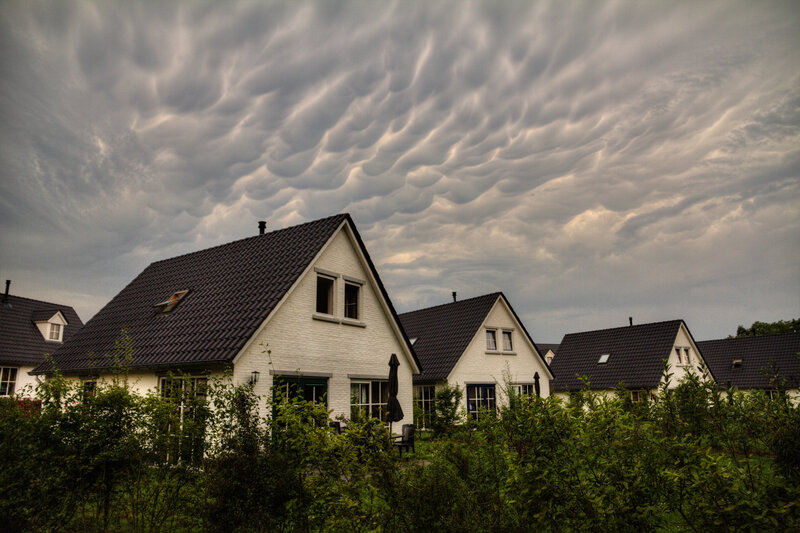-

The bay area’s calm summer weather provides ideal conditions to proactively stormproof your home. These days, the combination of wind, water, and fire risk means homeowners must take proactive measures to protect the structural integrity of their home – thereby protecting the building’s occupants and contents.
Prepare Your Home For The Next Storm & Fire Seasons
As professional roofing contractors, we spend lots of time repairing and replacing roofs that would have enjoyed longer, more cost-effective lifespans if they’d been built correctly, with climate-related protections and high-quality materials.
That’s why we want to spread the word about the most effective easy to protect a home from storms and other natural disasters. The good news is that taking action means enjoying peace of mind, significant cost savings over the roof’s lifetime, and lower insurance premiums.
Stormproof your home by scheduling a roof inspection
If you just purchased your home or it’s been a while since the roof was inspected, maintained, or repaired, the first step is scheduling a roof inspection. Roof leaks and collapses cause the most significant damage to a home in terms of both structural and cost-related damages.
We’ll evaluate the roof’s current status and then make recommendations about immediate repair needs as well as materials or design improvements that would improve the roof’s ability to weather strong storm conditions and other natural threats.
Consider replacing the roof with fire-resistant materials
There are two benefits to replacing an older roof with one using fire-resistant materials and technology. First, California’s fire threats increase almost yearly, and Bay Area communities have been drastically – and often tragically – affected by fire in the past five years. Knowing your roof is less likely to catch on fire or burn far slower is an invaluable safety feature for any household.
While these fire-proofing methods may require a slightly higher investment than standard roofing selections, they also make the roof more robust and have a longer lifespan, recouping that initial investment over the roof’s lifetime.
NOTE: Get in touch with your homeowner’s insurance carrier any time you make improvements to the roofing and drainage system. Consumer premium rates usually decrease with proof of roofing replacements or structural enhancements.
Schedule a site visit from a licensed tree professional
Broken limbs and fallen trees pose significant threats to the roof. Fallen trees or tree parts are one of the most likely causes of roof damage during a major storm. Keeping trees and shrubs well cared for – and observing professional landscape recommendations about necessary tree care and pruning – goes a long way toward storm-proofing a house.
Read ca.gov’s page on Defensible Space. The landscape recommendations are identical when it comes to protecting your home and roof from tree and landscape-related damage during a storm.
Honor annual & seasonal roof maintenance rules
Review the paperwork provided by the manufacturer of your roofing system’s materials, as well as any maintenance instructions provided by your roofing contractor. A well-maintained roof requires annual and seasonal maintenance tasks, including:
- Keeping the roof free of debris.
- Repairing or replacing missing or damaged roofing materials.
- Maintaining a moss and algae-free roof.
- Cleaning gutters and downspouts regularly to keep them free of debris that obstructs the flow of water off and away from the roof.
- Inspecting roofs after days of significant wind or storms.
If you aren’t able to safely perform this work on your own, schedule routine maintenance with a local, licensed roofing contractor.
Repaint the home’s exterior
The exterior envelope forms the first layer of storm protection for the home. Just as a well-maintained roof protects the home from falling debris or water leaks, a well-maintained exterior also provides a protective moisture barrier.
Read the siding manufacturer’s maintenance instructions. Typically, their industry recommends sealing, repairing, and repainting wood siding every five to ten years, depending on the quality of the paint and the home’s exposure to the elements. Homes that get lots of direct sun, wind, or saltwater exposure need repainting more often than those that don’t.
Update home comfort systems
Finally, household occupants (and home energy efficiency) benefit from a handful of comfort system updates. This includes things like:
- Ensuring attic insulation is adequate (and up to current code requirements).
- Verifying the home is well-sealed and ventilated.
- Replacing old or damaged weather stripping.
- Scheduling annual HVAC maintenance to keep the heating/cooling systems operating efficiently.
- Using safe, portable heating technology and keeping flammables well away from all sides.
- Working to replace older windows with double-paned versions.
Once you’ve completed these storm-proofing updates, your house is ready to face the next storm season – and you’ll have peace of mind.
Let Central Bay Roofing Help Stormproof Your Home
Is your roof overdue for an inspection or routine maintenance? Schedule a visit from Central Bay Roofing. We provide free, no-obligation estimates. Our family-owned and operating company has helped Bay Area residents stormproof their homes for 45 years and counting. You can count on us to provide trustworthy, competitively-priced roofing services.
Tips To Stormproof Your Home
Call Us On (510) 521-7334
Your Local Roofers Since 1978
We invite you to contact us today for an estimate on your roofing project.
1814 Clement Avenue Alameda, CA 94501
(510) 521-7334
info@centralbayroofing.comLicense: 435272 Class B, C-39
Site powered by RooferBoost
Copyright 2017 Central Bay Roofing and Restoration | Login
